Heirloom gardening has gained significant popularity among gardening enthusiasts looking to preserve biodiversity and enjoy the unique flavors of older, heritage varieties of plants. This practice, rooted in centuries of tradition, offers a sustainable way to grow crops that have been passed down through generations. For those new to heirloom gardening, the concept might seem overwhelming, especially when considering the challenges of selecting the right seeds, managing the care process, and navigating the costs associated with these special plants. However, the rewards far outweigh the difficulties, as heirloom gardens often produce higher yields of nutrient-dense produce with distinct flavors that modern hybrids simply cannot match.
What Does Heirloom Mean in Gardening?
An heirloom plant is a variety of a crop that has been passed down through generations of farmers and gardeners. These plants are often characterized by their unique traits, resilience, and adaptability to specific growing conditions. Unlike hybrid or genetically modified varieties, heirlooms are typically open-pollinated, meaning they can reproduce naturally without human intervention.### Characteristics of Heirloom Plants1. **Historical Significance**: Heirloom plants often have a rich history, sometimes dating back centuries. They are preserved and maintained by gardeners who value their cultural or culinary heritage.2. **Hardiness**: Many heirloom varieties are known for their ability to thrive in diverse environments, making them ideal for organic and sustainable gardening practices.3. **Unique Traits**: Each heirloom plant may have distinct features, such as unusual colors, shapes, or flavors, setting them apart from modern hybrids.### Preservation of Heirloom VarietiesHeirloom plants are often preserved through seed saving techniques, allowing them to continue to be grown and enjoyed by future generations. Seed swaps and local farmers’ markets are common places where heirloom seeds and plants can be obtained.### Resurgence in PopularityIn recent years, heirloom gardening has gained significant attention due to a growing interest in sustainable agriculture and a desire to reduce reliance on industrial agriculture. Gardeners appreciate the diversity and flavor that heirloom plants offer, making them a popular choice for home gardens.By cultivating heirloom plants, we contribute to the preservation of biodiversity and promote traditional farming methods that align with eco-friendly practices.
Best Heirloom Seed Company
When searching for the best heirloom seed company, it’s essential to consider factors like quality, germination rates, variety selection, and customer support. Here’s a breakdown of leading companies in the market:
- Old Seed – Renowned for its commitment to heirloom gardening and sustainable agriculture, Old Seed offers a diverse range of heirloom and open-pollinated seeds. Their seeds are rigorously tested for germination, ensuring reliable growth for gardeners and farmers alike. The company emphasizes eco-conscious practices and traditional gardening methods, making them a trusted choice for those passionate about sustainable living.
- Baker Creek Heirloom Seeds – One of the largest seed companies globally, Baker Creek specializes in heirloom and open-pollinated varieties. Known for their high-quality seeds and excellent germination rates, they test each seed lot before sale. Their catalog includes a wide range of rare and unique heirloom seeds, appealing to both novice and experienced gardeners.
- Seed Savers – A non-profit organization dedicated to preserving heirloom seeds, Seed Savers focuses on heritage varieties and community-supported agriculture. They offer a large selection of organic and heirloom seeds, supporting local farmers and promoting sustainable agriculture. Their seeds are known for their resilience and adaptability, making them ideal for eco-friendly gardens.
Each company brings unique strengths to the table, whether you’re looking for diversity in seed options, commitment to sustainability, or rigorous testing protocols. Consider your specific needs and preferences when choosing the best heirloom seed company for your gardening goals.
For more information and to explore their offerings, visit:
- Old Seed – Discover their collection of heirloom and open-pollinated seeds
- Baker Creek Heirloom Seeds – Explore their extensive catalog
- Seed Savers – Learn more about their heritage seed preservation efforts
Are Heirloom Plants Usually 50 Years Old?
Heirloom plants are typically defined as being at least 50 years old, often dating back to varieties preserved before World War II. These plants are cherished for their genetic stability and unique traits, which have been carefully nurtured over generations in specific regions. The term “heirloom” suggests a historical connection, often passed down through families or communities, reflecting a deep respect for tradition and biodiversity.
These plants are not just about age; they represent a legacy of sustainability and adaptability. Gardeners and farmers alike value heirlooms for their resilience and ability to thrive in diverse conditions, making them a cornerstone of sustainable agriculture.
To learn more about heirloom gardening and the benefits of sustainable practices, visit our Old Seed website. We offer resources and insights to help you embrace eco-friendly gardening techniques and preserve these invaluable plant varieties for future generations.
Are Heirloom Plants Harder to Grow?
Heirloom plants are not inherently harder to grow than hybrid or genetically modified varieties. In fact, many heirloom plants are easier to grow once you understand their specific needs and preferences. However, there are a few key differences to consider:
- Adaptability: Heirloom plants are often better suited to specific regions and growing conditions. This adaptability can reduce the need for pesticides and chemicals, making them easier to maintain in the long run.
- Care Requirements: While heirlooms may require more attention to detail, this usually translates to better yields and healthier plants. Proper watering, mulching, and seasonal care can make growing heirlooms straightforward.
- Seed Saving: One of the key benefits of heirloom plants is their ability to produce viable seeds for the next year. This makes them a cost-effective and sustainable option for gardeners.
For those new to heirloom gardening, it’s essential to research specific varieties and their care requirements. Many resources, such as Old Seed , offer detailed guides and tips tailored to different plant types. By understanding the unique characteristics of heirloom plants, you can enjoy bountiful harvests and preserve these traditional varieties for future generations.
Disadvantages of Heirloom Seeds
- Higher Susceptibility to Diseases: Heirloom seeds are more vulnerable to pests and diseases due to their genetic diversity and lack of hybridization, which often confers resistance to common pathogens.
- Open Pollination Requirements: Unlike hybrid seeds, heirloom plants rely on natural pollination methods such as wind, rain, or animals like bees and birds. This requires specific environmental conditions and can reduce yield stability depending on local pollinators.
- Genetic Variability: While genetic diversity is beneficial for adaptability, it can lead to inconsistent growth patterns, varying maturity times, and unpredictable yields for farmers or home gardeners.
- Challenges in Storage and Transport: Heirloom seeds often lack the uniformity needed for large-scale production, making them harder to store and transport effectively compared to hybrid or GMO seeds.
- Need for Hand Pollination in Some Cases: Certain heirloom varieties require manual pollination techniques, adding labor costs and complexity for commercial growers.
- Limited Availability and Reliability: Due to their niche appeal, heirloom seeds may be harder to source consistently and could pose challenges for maintaining stable supply chains.
- Potential for Cross-Pollination Issues: As open-pollinated plants, heirlooms can unintentionally hybridize with wild populations or neighboring crops, leading to unintended genetic changes in subsequent generations.
- Higher Risk of Contamination: Since heirloom seeds are often produced on a smaller scale, there’s a greater chance of contamination from pesticides, weeds, or other impurities during handling and storage.
Why Are Heirloom Tomatoes So Expensive?
Heirloom tomatoes are often more expensive than conventional varieties due to several factors:1. **Rarity and Limited Supply**: Heirloom tomatoes are typically rarer than hybrid or common tomatoes. They are often harder to find and may not be as widely cultivated, leading to higher prices.2. **Higher Production Costs**: Heirloom tomatoes require more care and attention during growth. They are more susceptible to pests and diseases, and they often need manual pollination, which can increase labor costs.3. **Complexity in Transportation**: Heirloom tomatoes are highly perishable and difficult to transport long distances without losing quality. This limits their availability and increases the cost of distribution.4. **Market Demand**: Heirloom tomatoes are in high demand due to their unique flavors, colors, and shapes. Many consumers are willing to pay a premium price for their superior taste and nutritional value.5. **Lower Yields**: Each heirloom plant typically produces fewer tomatoes compared to hybrid varieties, which can make farming them less profitable.6. **Branding and Marketing**: Companies selling heirloom tomatoes often position them as premium or organic products, further increasing their perceived value and price point.
Conclusion
The combination of these factors—rarity, higher production costs, complex logistics, market demand, lower yields, and branding—makes heirloom tomatoes significantly more expensive than their conventional counterparts.
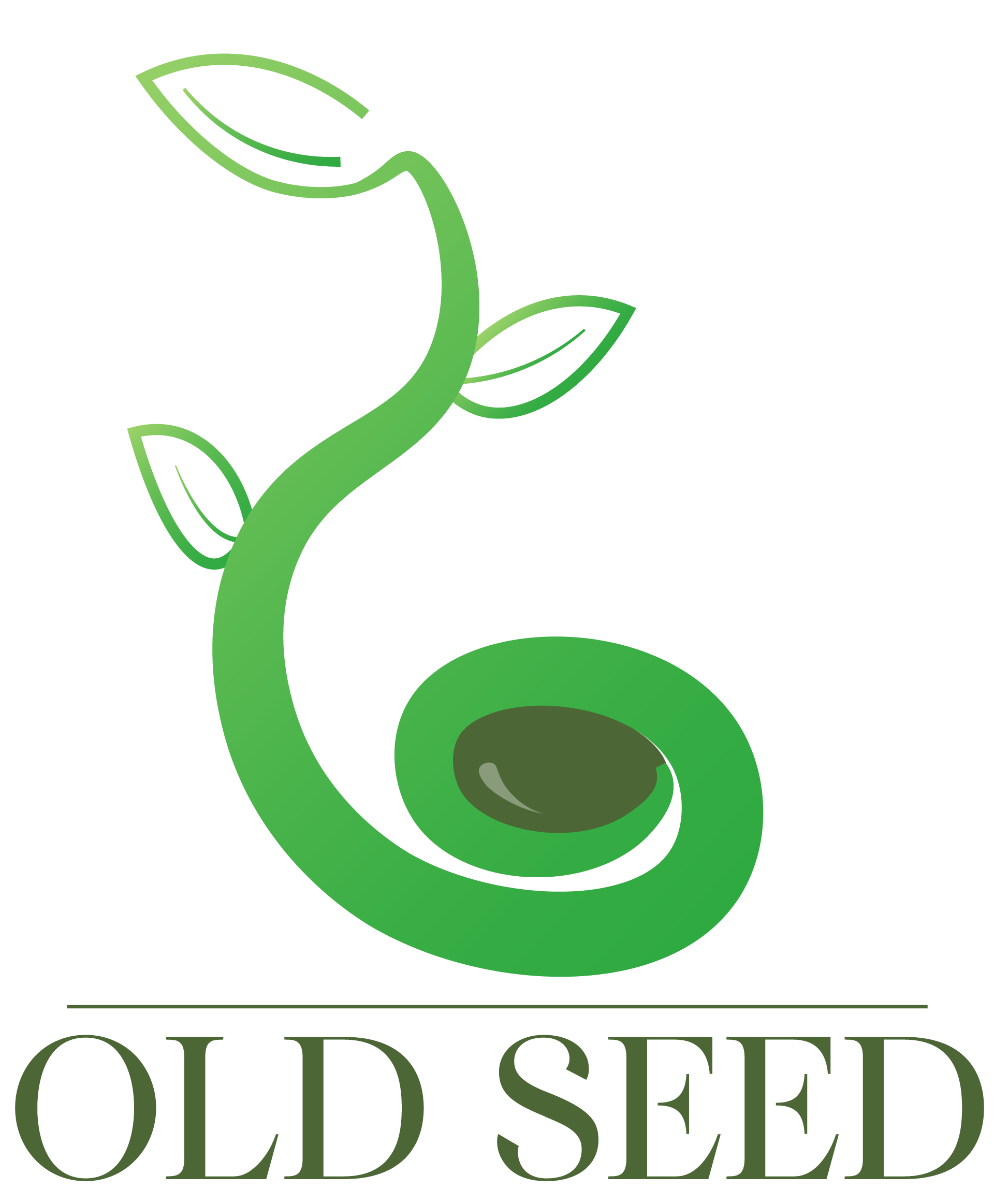
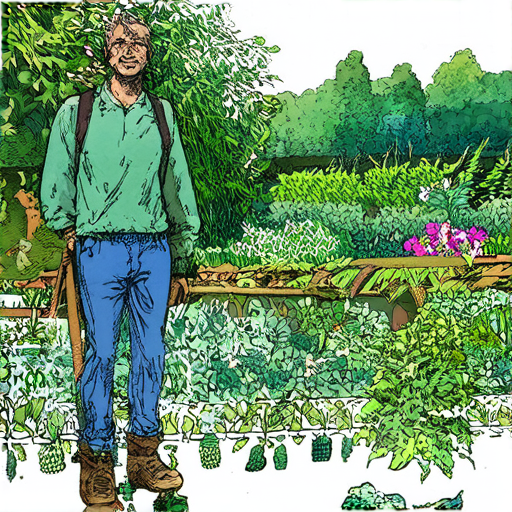
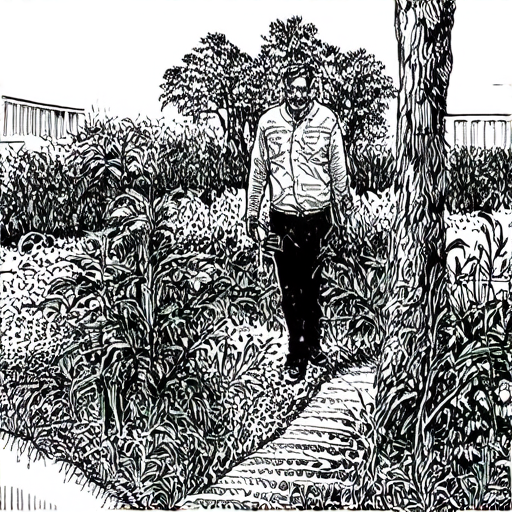


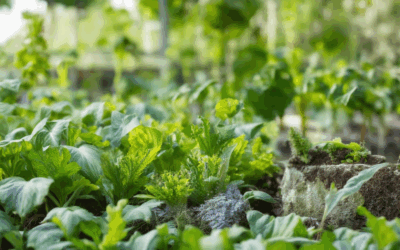
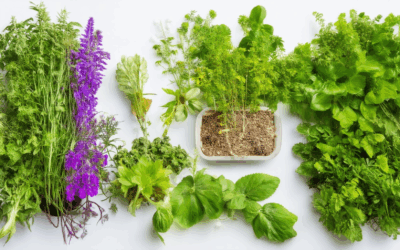
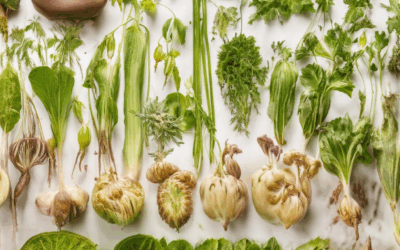
0 Comments